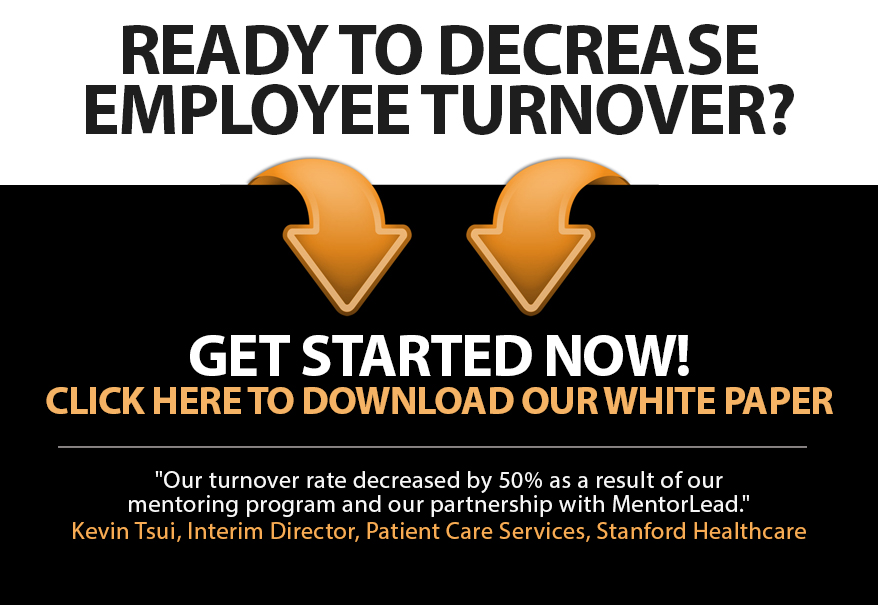
Behavior is Contagious (3 Tactics of Hostage Negotiators)
I raced into my doctor’s office yesterday, responding to emails before my appointment. When she entered, she was calm, present, and engaged. Suddenly, I found myself calm, present, and engaged. My frenzy was gone and we hadn’t even started.
Moods create behavior, and behavior is contagious.
Psychologists call this Emotional Contagion.
It works in 3 stages:
- Mimicry: We unconsciously and subtly imitate each other’s nonverbal cues, like posture and facial expressions.
- Feedback: Those expression (ex: smiling) trigger certain emotions (ex: happiness).
- Synchronicity: Our feelings then synchronize with our behaviors.
Example: I scowl. You unconsciously mirror me, so you scowl. That scowl triggers angry feelings. Soon you take on angry behaviors that match your angry feelings.
In fact, negative emotions are more contagious than positive – we react strongly to pain, fear, sadness, and disgust, as these are directly linked to our survival.
Buy why should we care about Emotional Contagion?
Research reveals that emotions don’t just spread from one person to another; they influence group dynamics, especially those involved in a shared effort, like a project.
Even hostage negotiators are trained in Emotional Contagion. They learn to create empathy and trust so perpetrators want to work with them.
Hostage negotiators rely on 3 principle behaviors that we can employ too:
- The Late Night FM-DJ Voice: Use a calm, soothing, assertive voice, even as someone is screaming at you.
- Self-Control: Control your own emotions. Don’t get triggered by someone’s anger.
- Dynamic Inactivity: Silence can de-escalate a situation. Be quiet, do nothing, and allow the other person to have the last word – let them feel in control.
If we want to successfully connect and engage with others, we need to be intentional and responsible for the influence of our moods and behaviors.
![]()






